Scientists Push 1.84Pbps of Data Down a Single Optical Fibre Cable

Researchers at the Technical University of Denmark (TUD) have done something quite remarkable by demonstrating a record data transmission speed of 1.84 Pbps (Petabits per second) – or 1,840Tbps (Terabits per second) if you prefer – over a single 37-core and 7.9km long fibre optic cable. Oh.. and they could go a lot faster.
Just to put this achievement into some context, BT’s entire national UK broadband network tends to “peak” at a transfer rate of around 26Tbps, which is just a fraction of what the TUD team achieved. In fact, the “average” (not peak) internet bandwidth being used across the population of the whole world is currently estimated to be around 1Pbps (1000Tbps) today.
The key achievement here, other than the speed itself, is that this was all achieved using a single infrared laser and a single optical chip, which also has the potential to dramatically reduce the energy costs of such a system. In short, a single laser could be used to replace the job of more than 1,000 lasers, which makes this much more practical and economical to deploy in the real-world.
Extract from the Nature Report (ePDF)
Optical fibre communication is the backbone of the internet. As essential core technologies are approaching their limits of size, speed and energy-efficiency, there is a need for new technologies that offer further scaling of data transmission capacity.
Here we show that a single optical frequency-comb source based on a silicon nitride ring resonator supports data capacities in the petabit-per-second regime. We experimentally demonstrate transmission of 1.84 Pbits over a 37-core, 7.9-km-long fibre using 223 wavelength channels derived from a single microcomb ring resonator producing a stabilized dark-pulse Kerr frequency comb.
Furthermore, the team have presented a theoretical analysis which, they say, indicates that a single, chip-scale light source should be able to support 100 Pbits in massively parallel space-and-wavelength multiplexed data transmission system(s). Just to say that again.. 100 Petabits per second!
“Our findings could mark a shift in the design of future communication systems, targeting device-efficient transmitters and receivers,” said the team.
Victor Torres Company, Professor at Chalmers University of Technology, said:
“What is special about this chip is that it produces a frequency comb with ideal characteristics for fiber-optical communications – it has high optical power and covers a broad bandwidth within the spectral region that is interesting for advanced optical communications.
In fact, some of the characteristic parameters were achieved by coincidence and not by design. However, with efforts in my team, we are now capable to reverse engineer the process and achieve with high reproducibility microcombs for target applications in telecommunications.”
Over the years we’ve often heard certain big ISPs and others warn about the dangers of a so-called internet capacity crunch. But at the same time scientists like this continue to push forward the boundaries of what we previously thought was possible and find ever more amazing ways of squeezing more capacity out of optical fibre technologies.
The latest development suggests that future fibre optic lines, particularly the larger international and subsea cables that help to link cities and countries together across the world, will continue growing their data capacities well into the future and often without needing to deploy new cables.
All of this helps to ensure that the speeds available to our homes will also continue to rise, while the cost of moving data around will fall (e.g. you can buy a 1Gbps connection today for the same money as a 1Mbps ADSL line many years ago or a 56Kbps connection before that).
Mark is a professional technology writer, IT consultant and computer engineer from Dorset (England), he also founded ISPreview in 1999 and enjoys analysing the latest telecoms and broadband developments. Find me on X (Twitter), Mastodon, Facebook and Linkedin.
« FreedomFibre Reveal Map of Full Fibre Rollout in England and Wales UPDATE
Latest UK ISP News
- FTTP (5676)
- BT (3553)
- Politics (2589)
- Openreach (2334)
- Business (2313)
- Building Digital UK (2268)
- FTTC (2056)
- Mobile Broadband (2026)
- Statistics (1820)
- 4G (1713)
- Virgin Media (1662)
- Ofcom Regulation (1488)
- Fibre Optic (1419)
- Wireless Internet (1414)
- FTTH (1382)










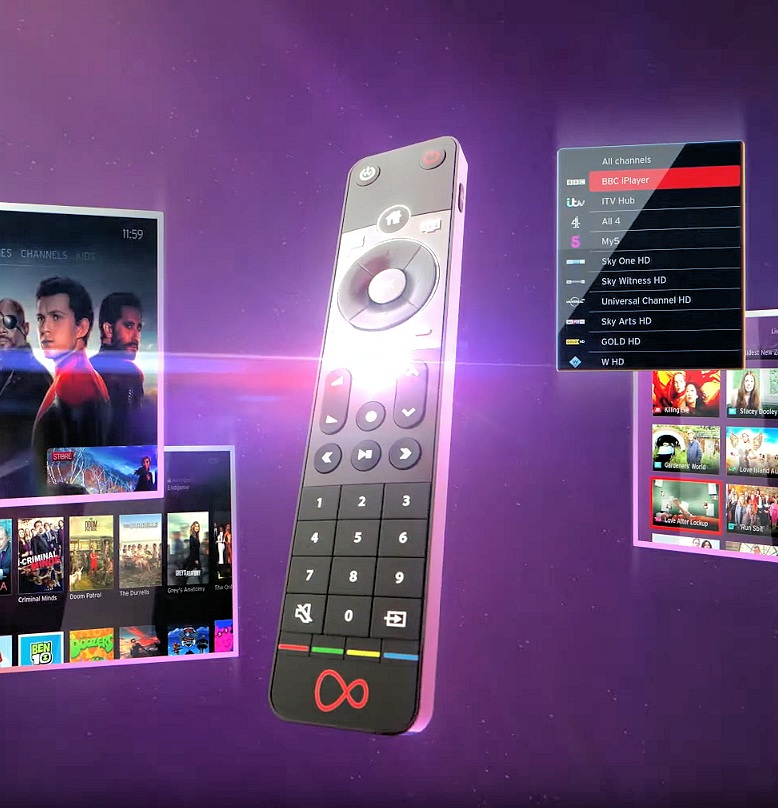























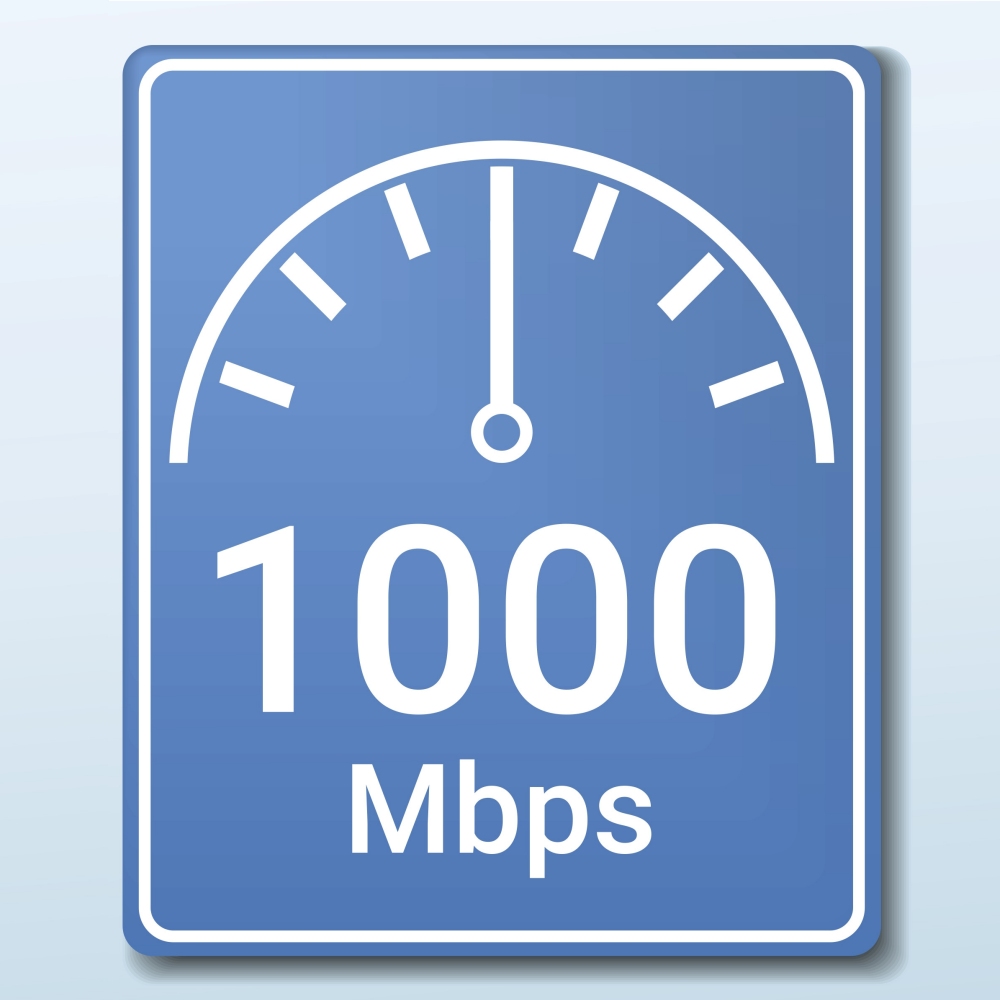






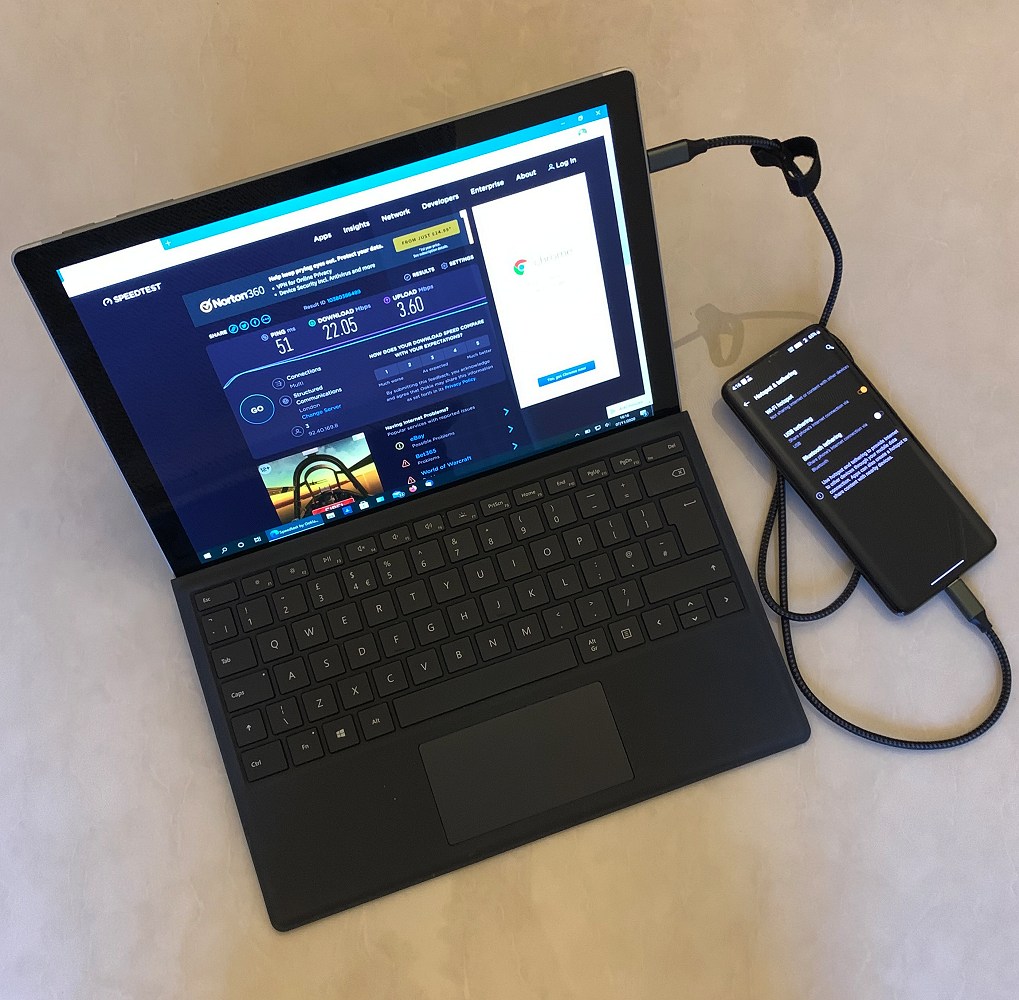


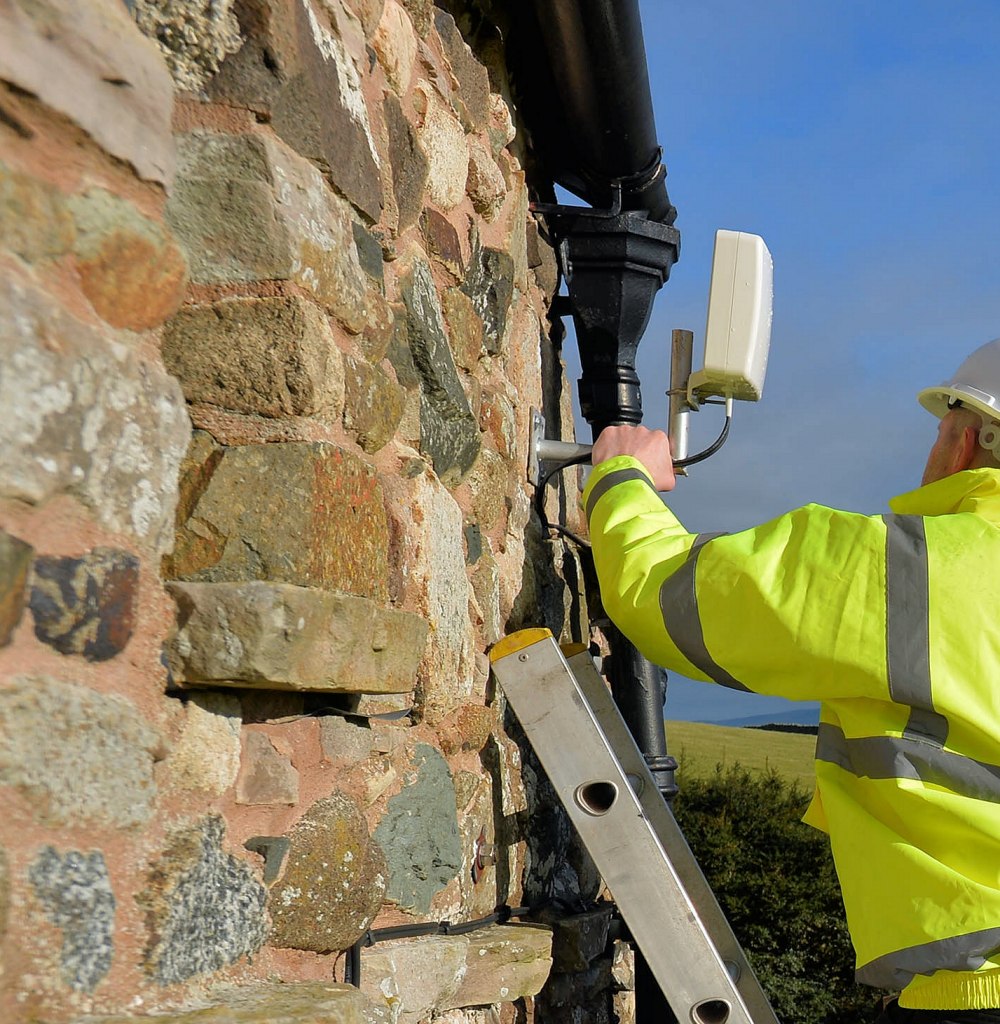







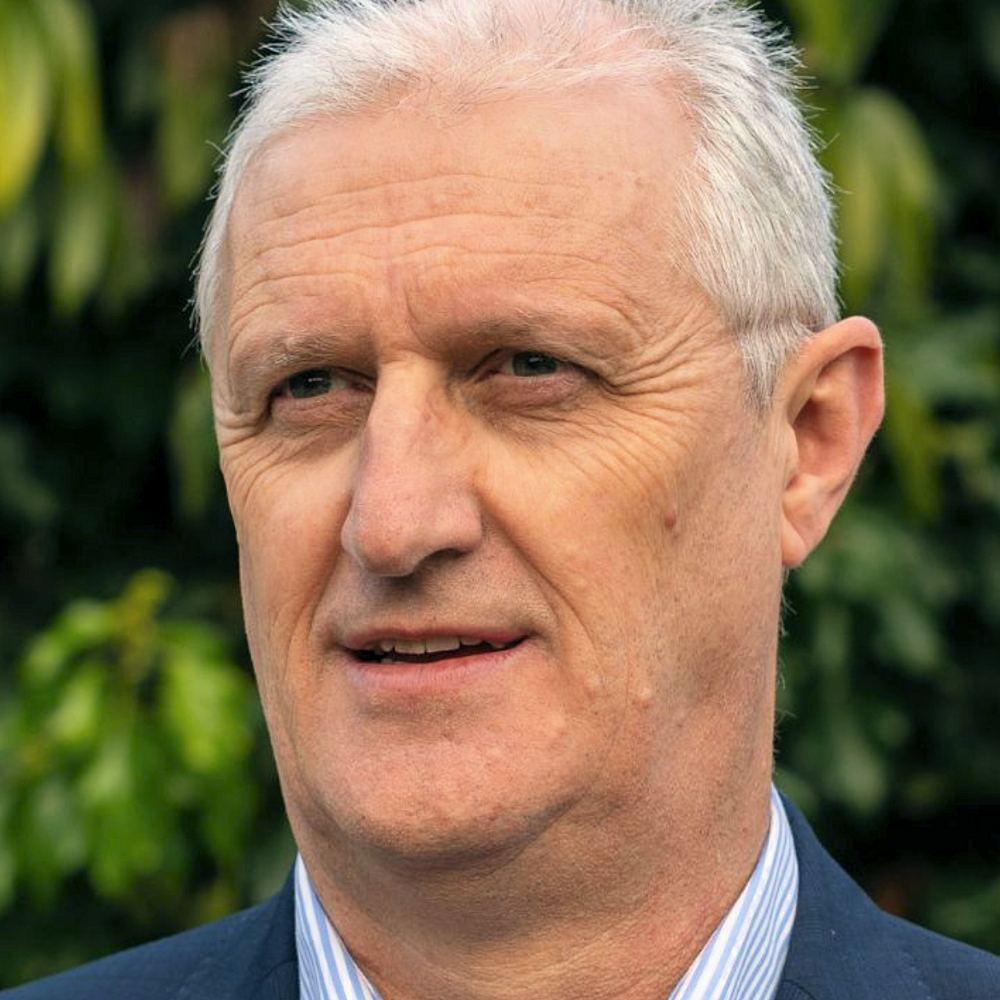

That’s 1840000000Mbps/1840000Gbps. And to think i’m still currently using FTTC.
This is amazing. However, SSDs are not remotely ready for such writing rates.